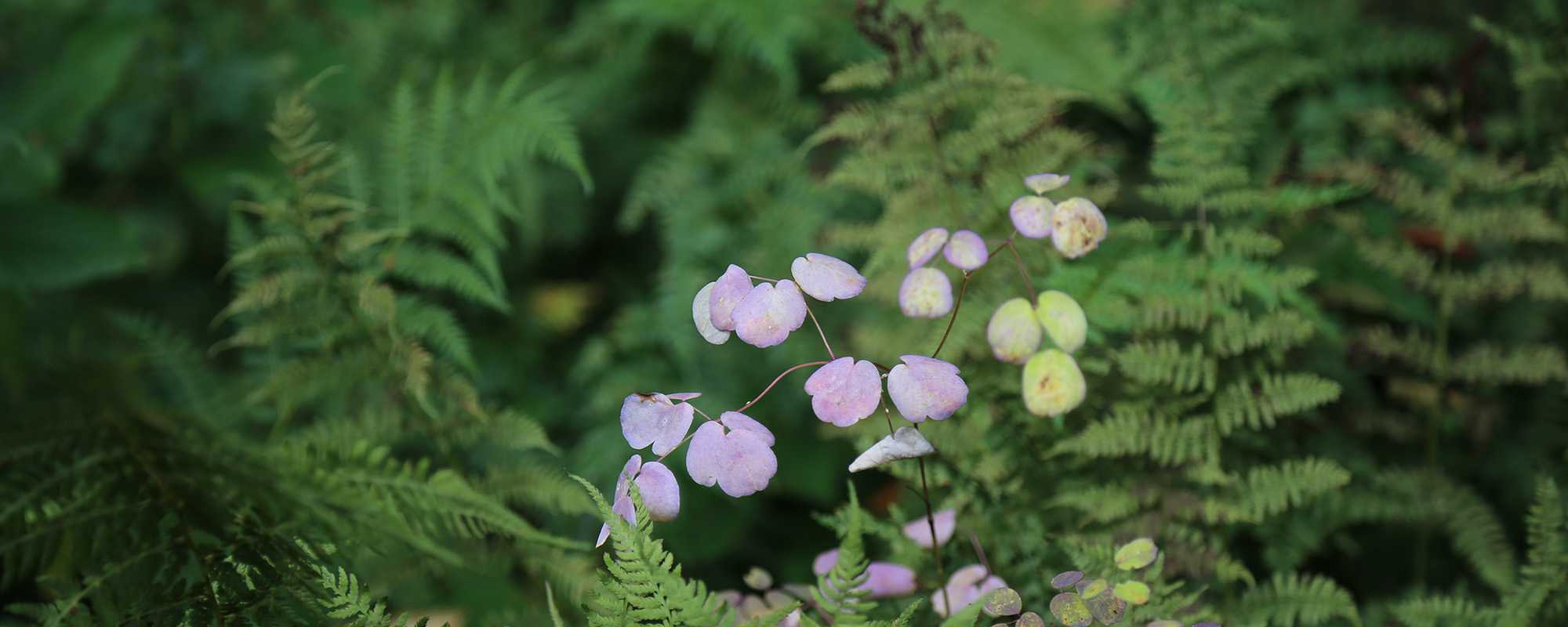There are 7.8 billion people living on this planet and everyone’s brain is running, fast or slow. Most of the time, people are thinking about more or less the same things: sports, weather, girls/guys/kids, shopping, promotion, money, politics, to name a few. Imagine how many times the same thought on “which phone to buy” goes around the globe? (sounds like a lot of redundancy and waste here, but that’s for a different topic…)
Occasionally, unique ideas pop up in the mind of a person, any person, often because she/he is in the right place at the right time (e.g., what if the blanket can fold itself after I pick up the baby?). These ideas could be trivial or infeasible. We might feel good about our creativity for a few seconds, then it would just slip away out of the memory. Not known what to do with the ideas, we are throwing away an enormous number of intellectual products each day (hint: at least write them down like what I am doing with this blog…).
At the same time, our world is in a desperate shortage of creative ideas (just watch a few recent movies or see the design of all the new cell phones…). Once someone is in need of a solution (e.g., stop the pandemic), good ideas don’t come by on schedule. Beaming a lot of brainpower by a few smart people is not necessarily the answer.
So what can we do? How can we involve everyone in the creative process everyday on solving the world’s everything problems? I think we can benefit from something like a “Wikipedia for ideas”, where millions of diverse ideas are shared, debated on, grow and connect, and found by people who need them. How to discover incentives for everyday people to join this collaborative effort would be an important question to answer. Any ideas?

